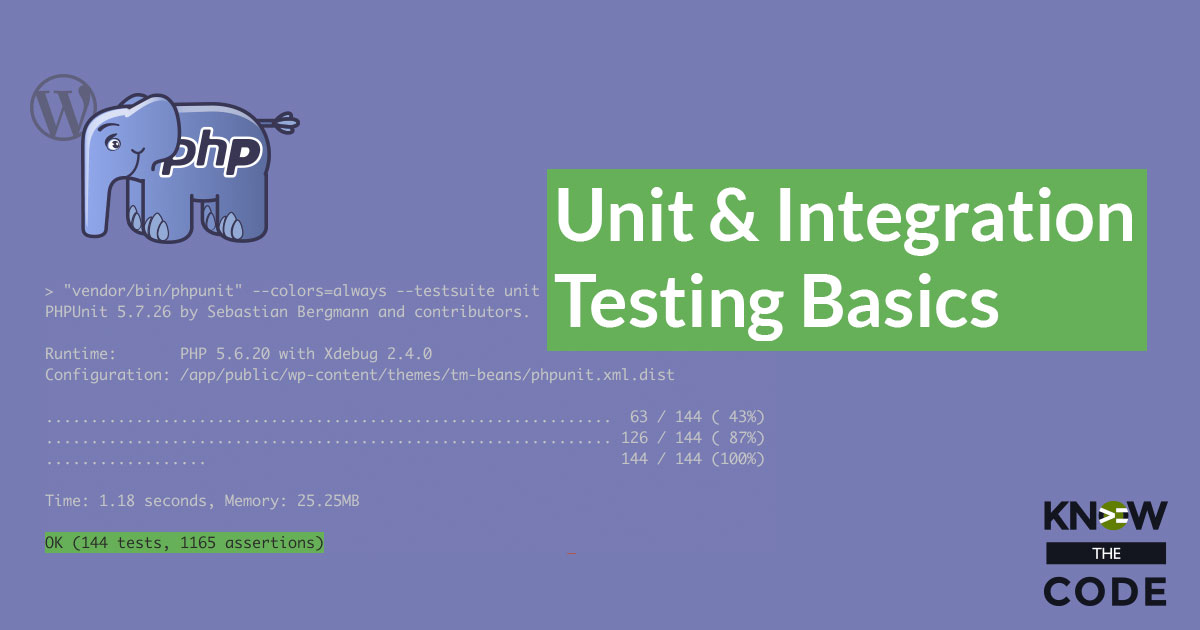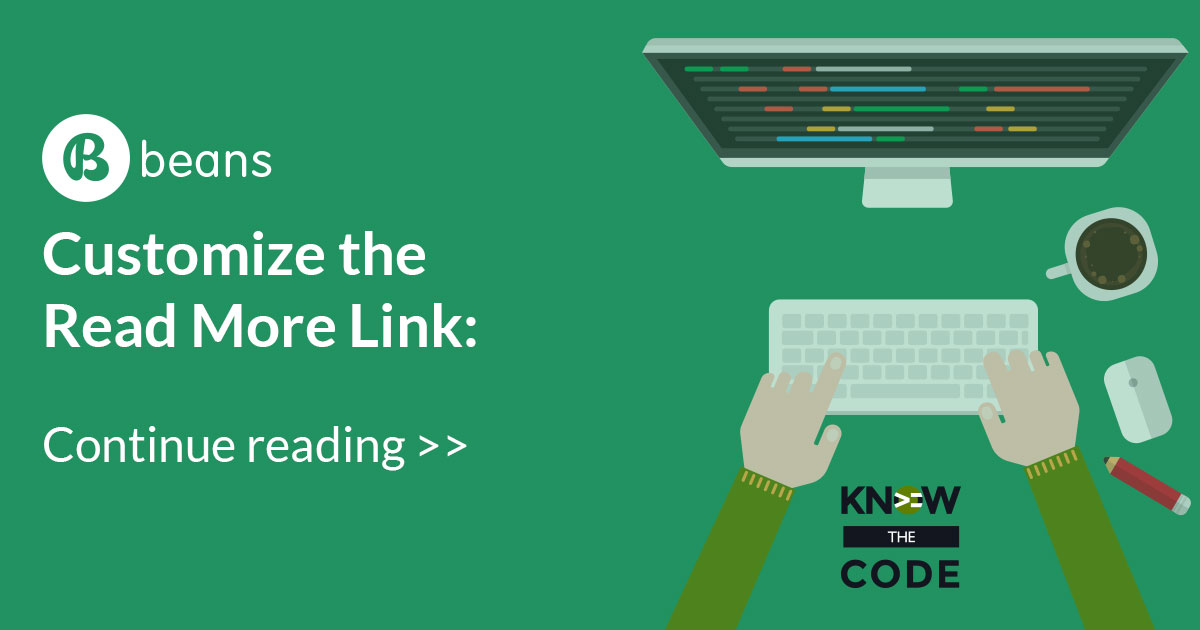Notes | Transcript | Playlist Notes In this episode, you and I will walk through setting up your testing environment. You’ll do the following: Spin up a locally hosted website on your machine. I’ll show you in Local (my preferred app). Download the Beans 1.4.0 framework, which you’ll use to write your tests in this lab and series. Set up the tests file structure. Look at Make WordPress’ Testing Standards You’ll also look at 2 different test repositories, which will give you ideas on how tests and the environment are constructed: Beans – which is built strictly following the WordPress […]


